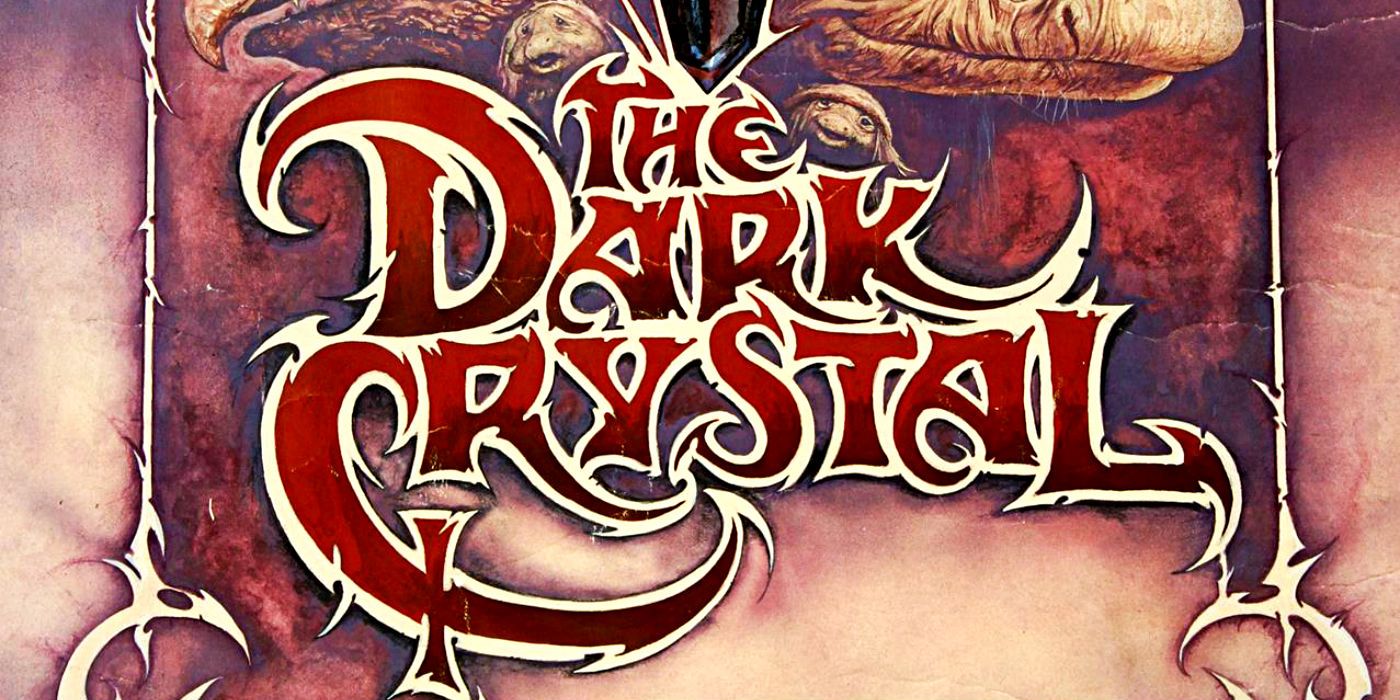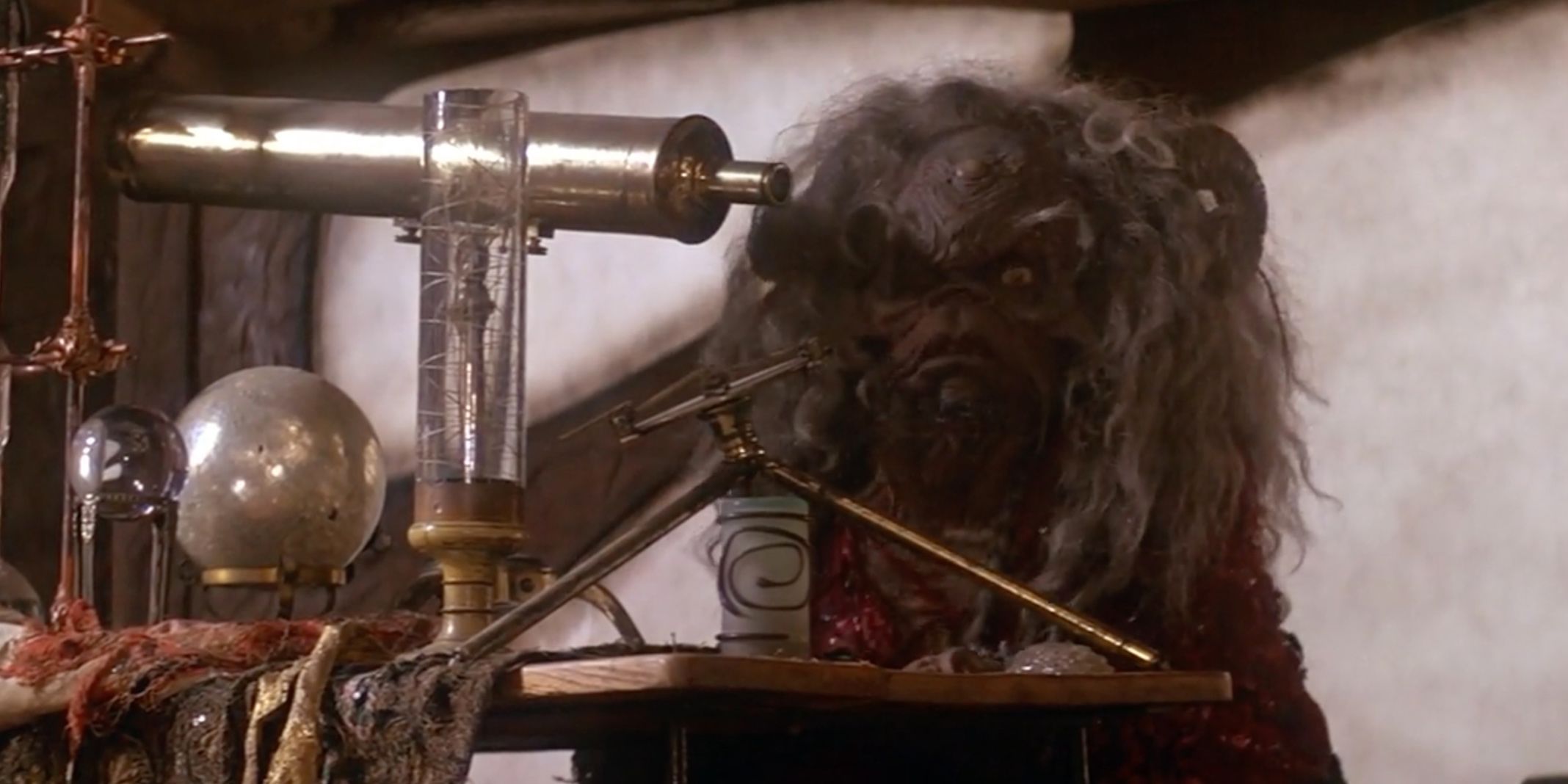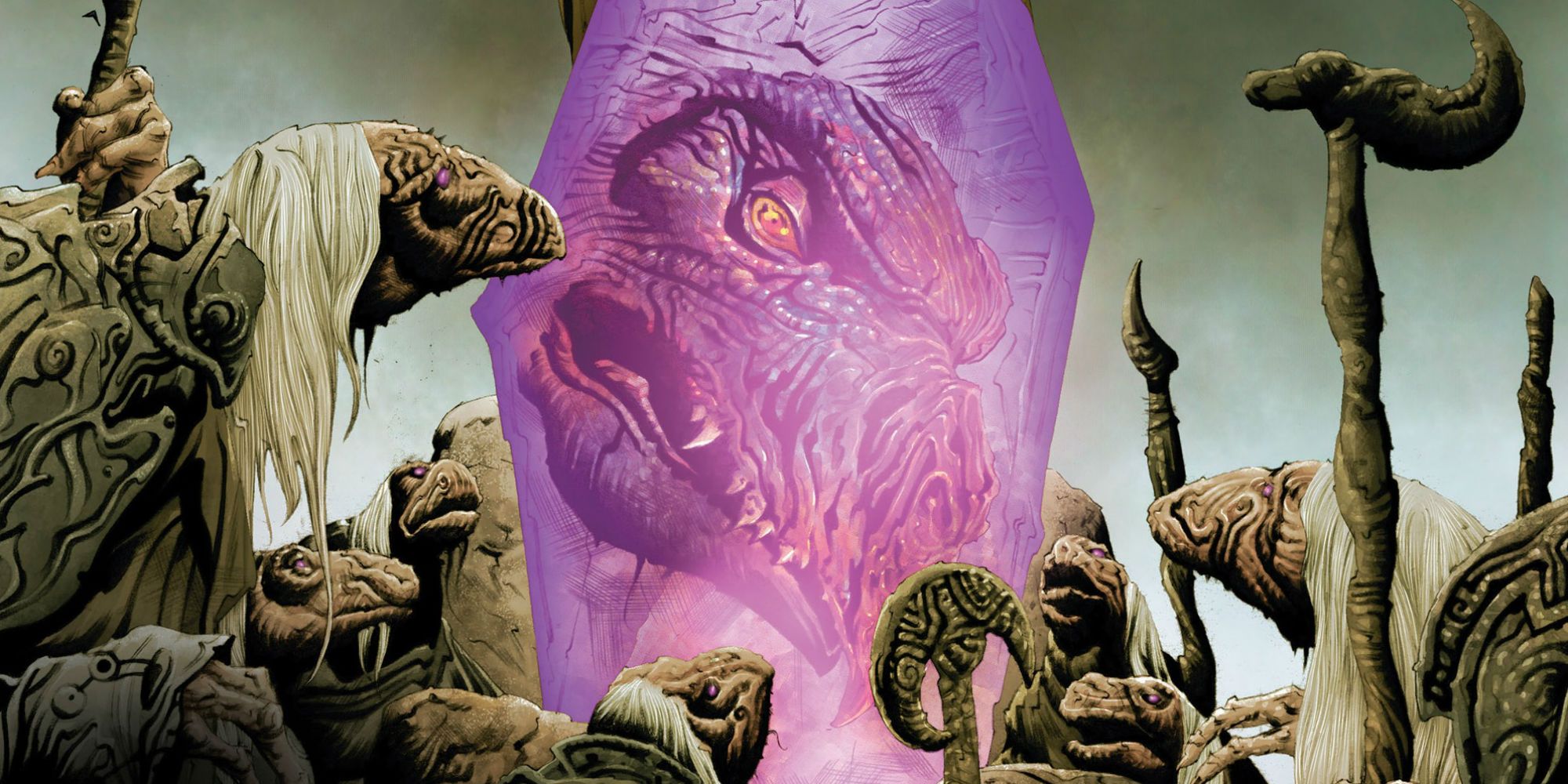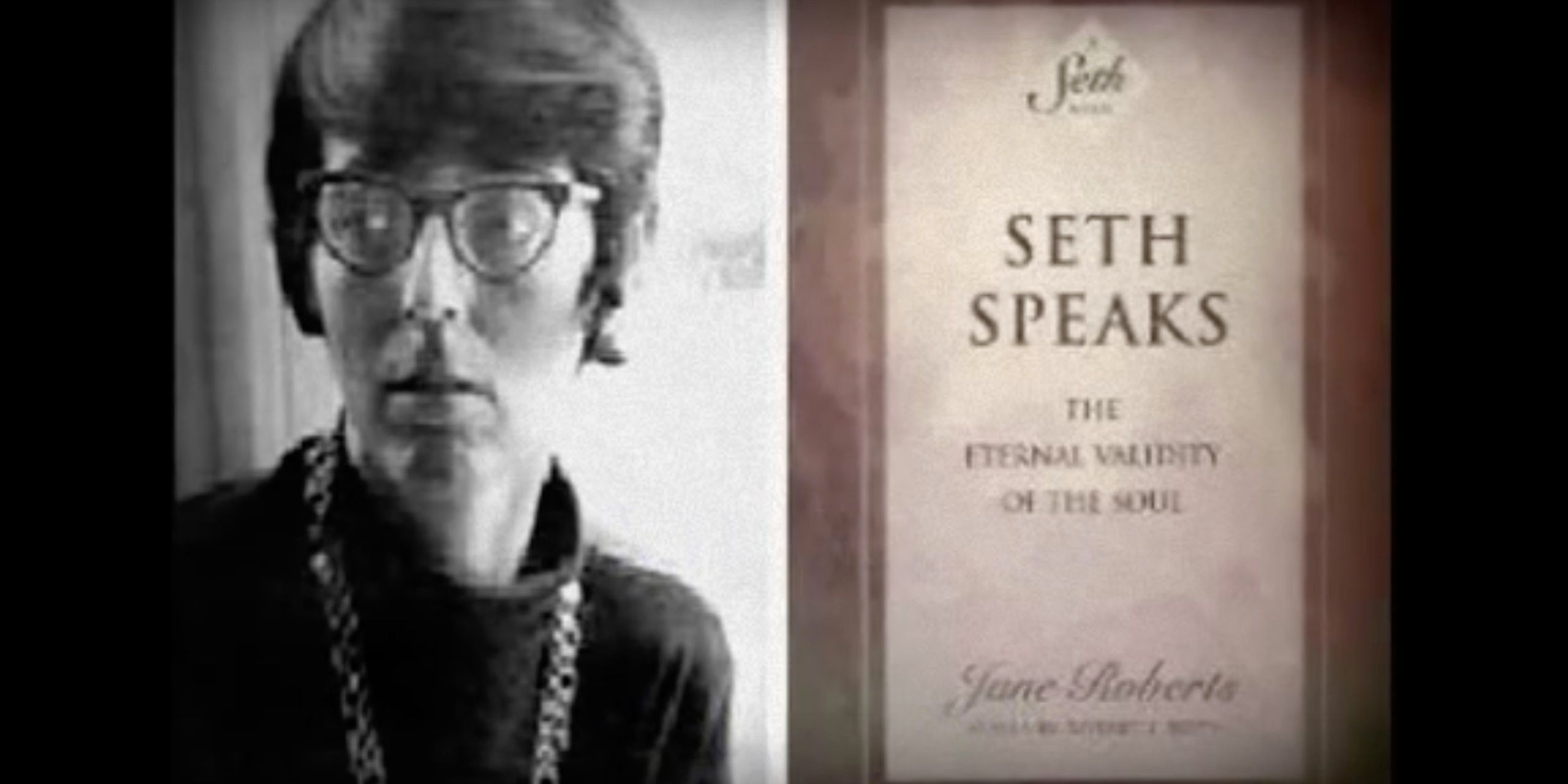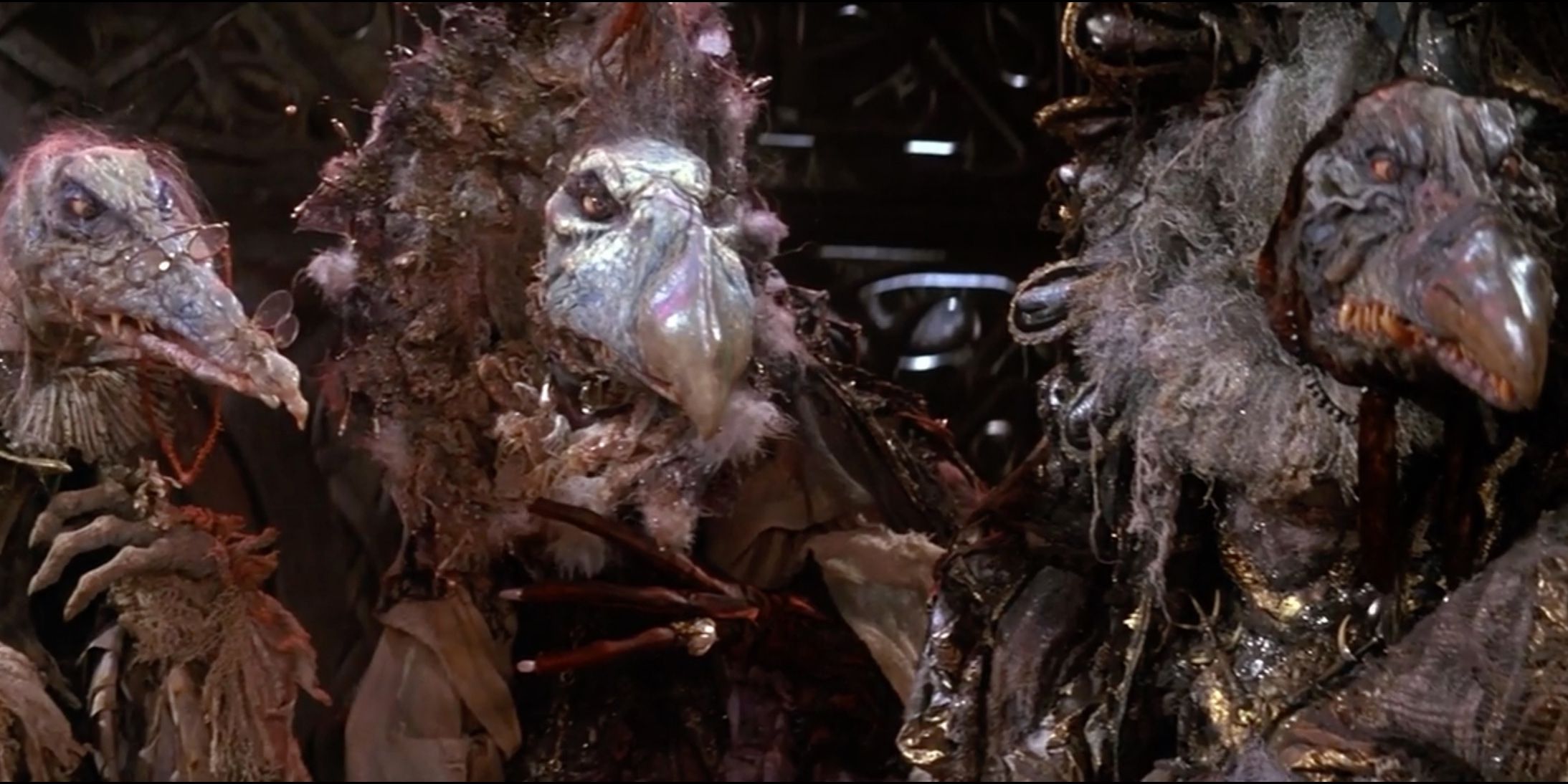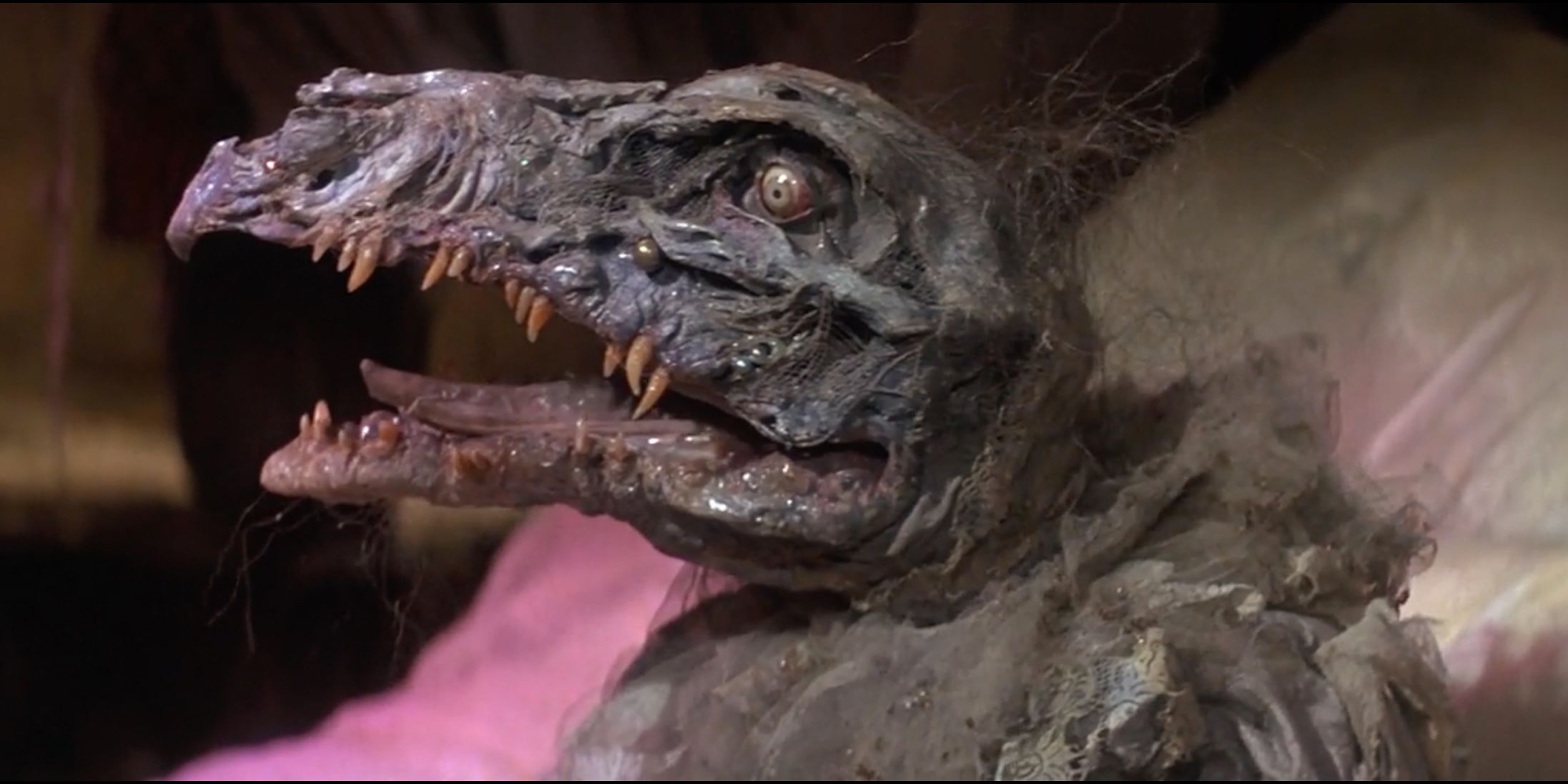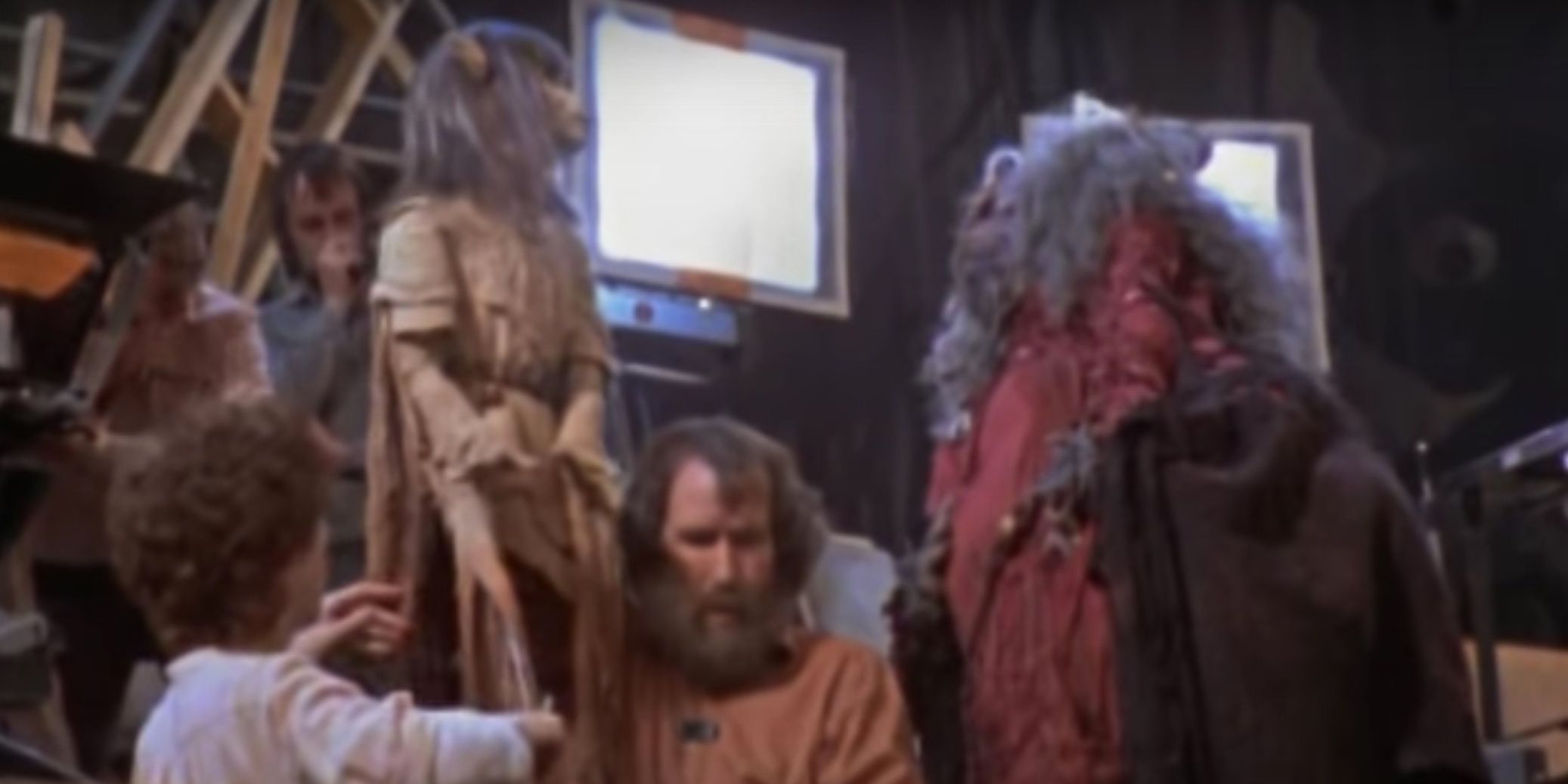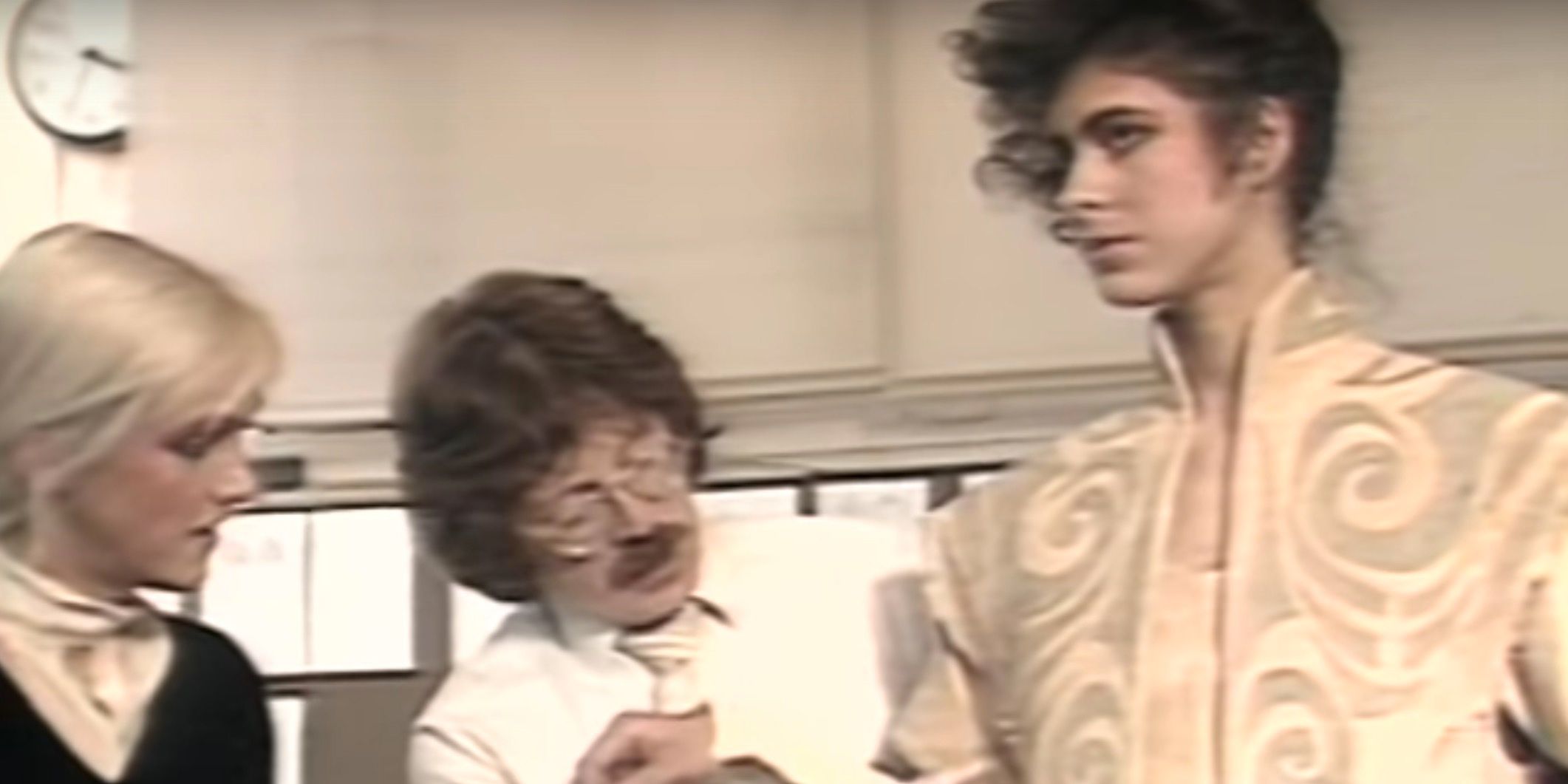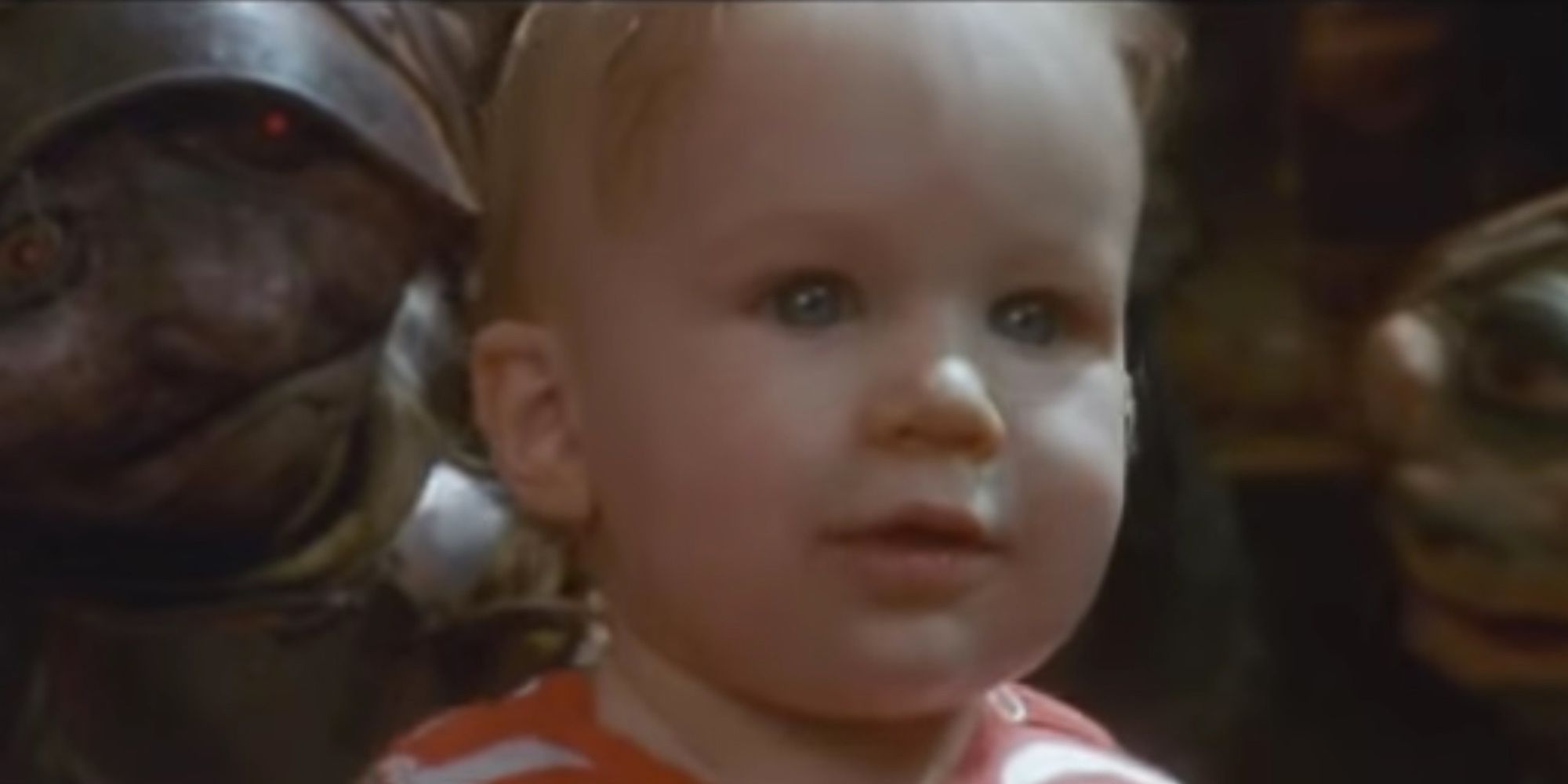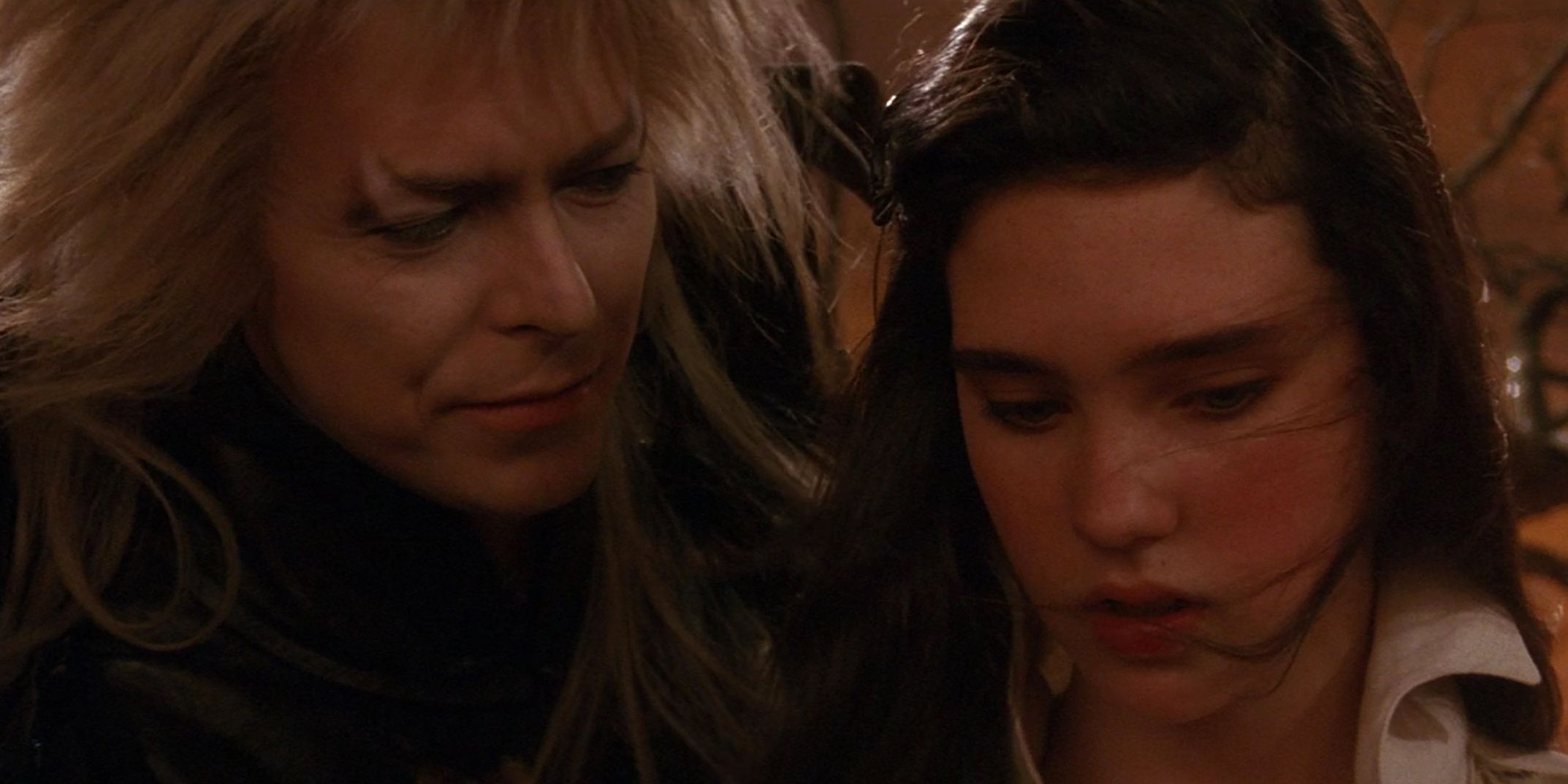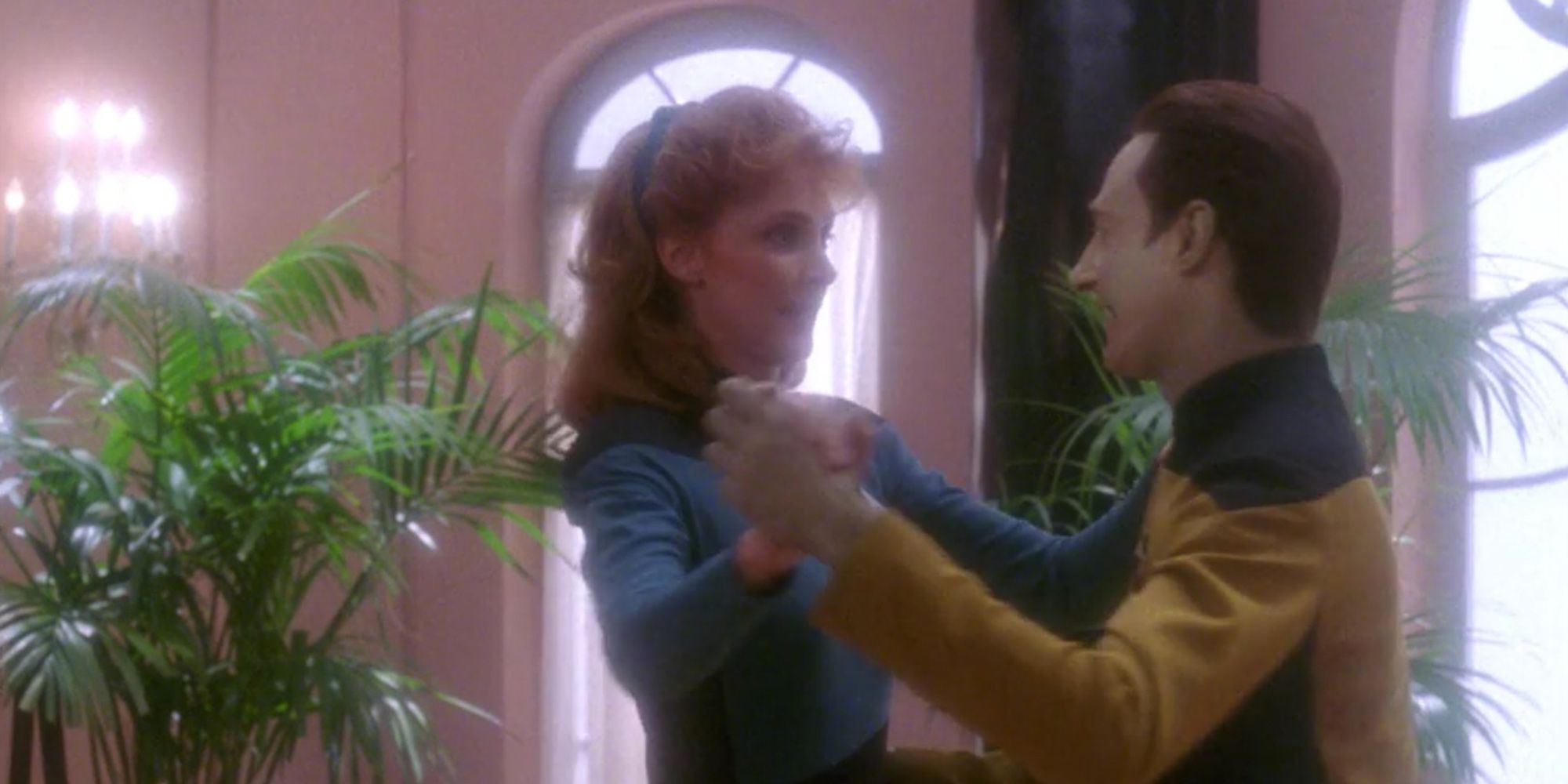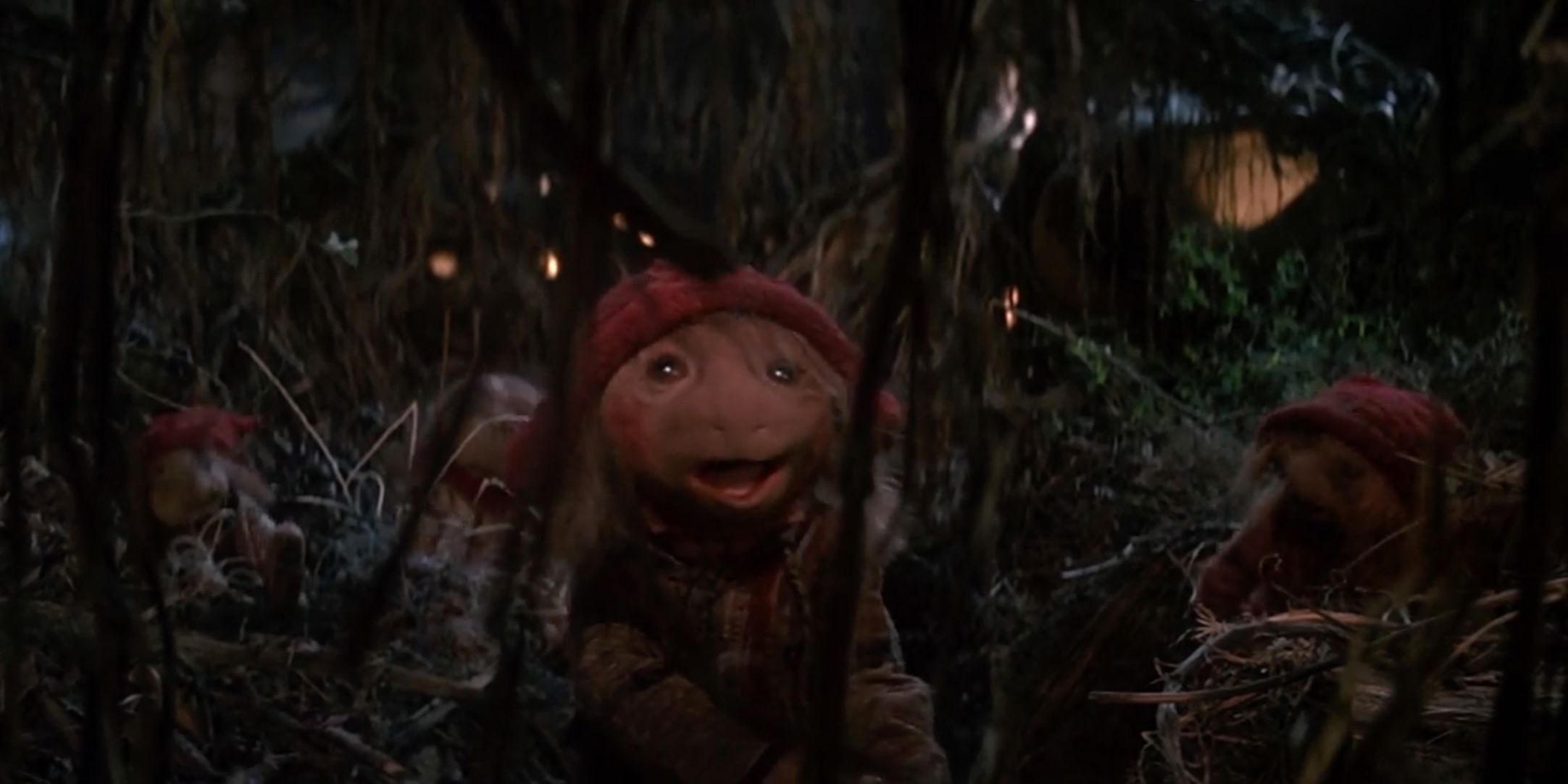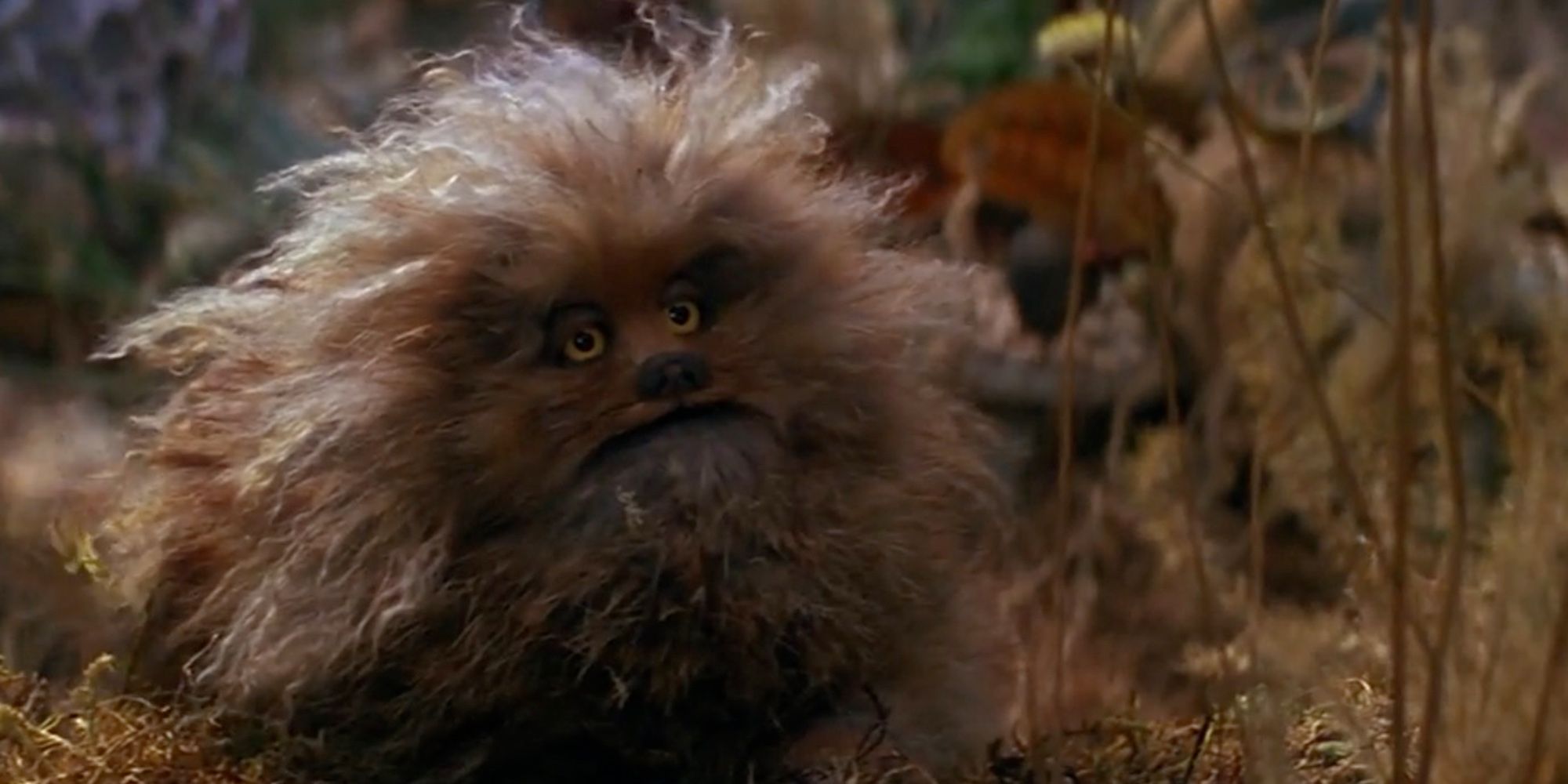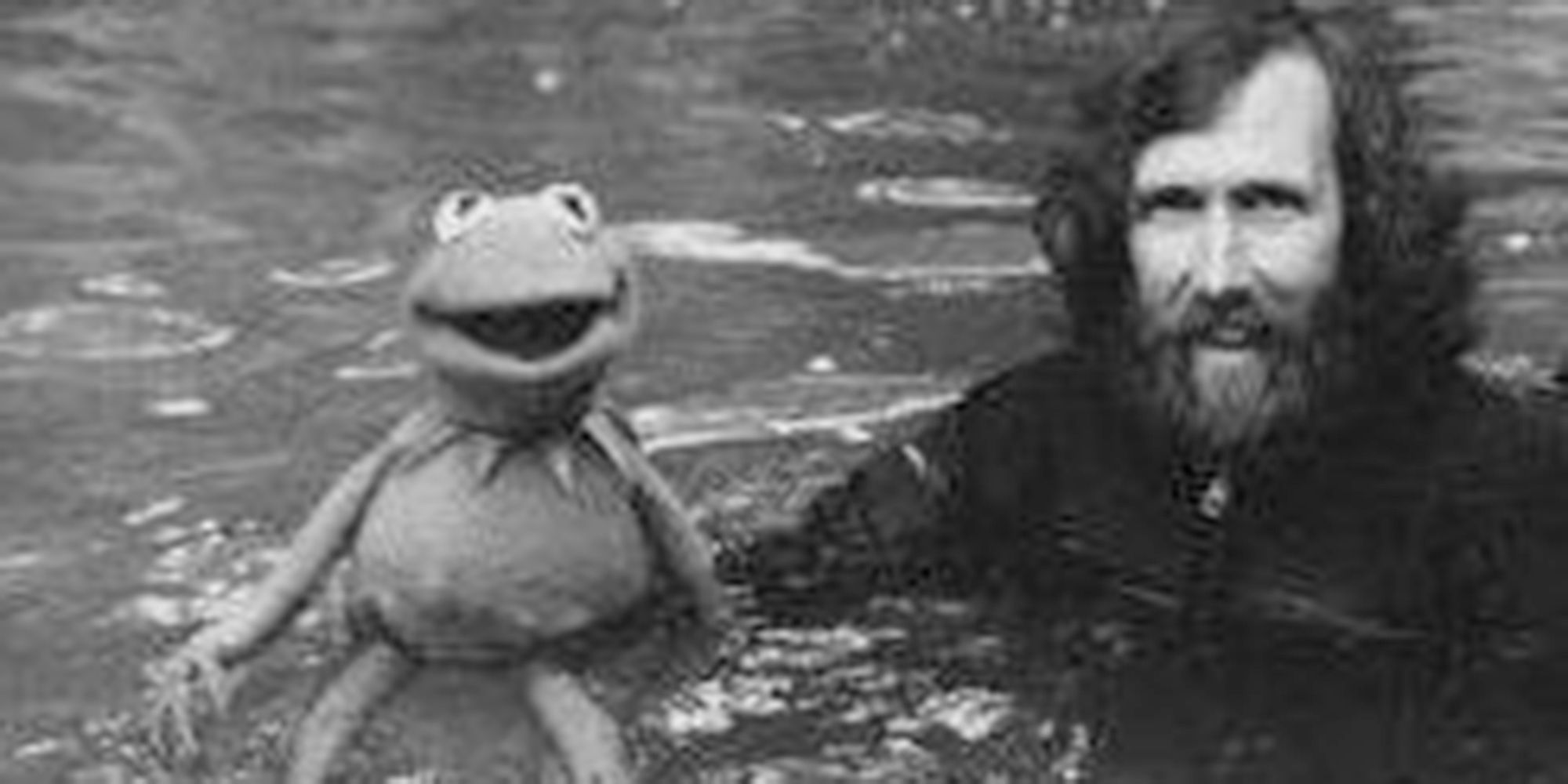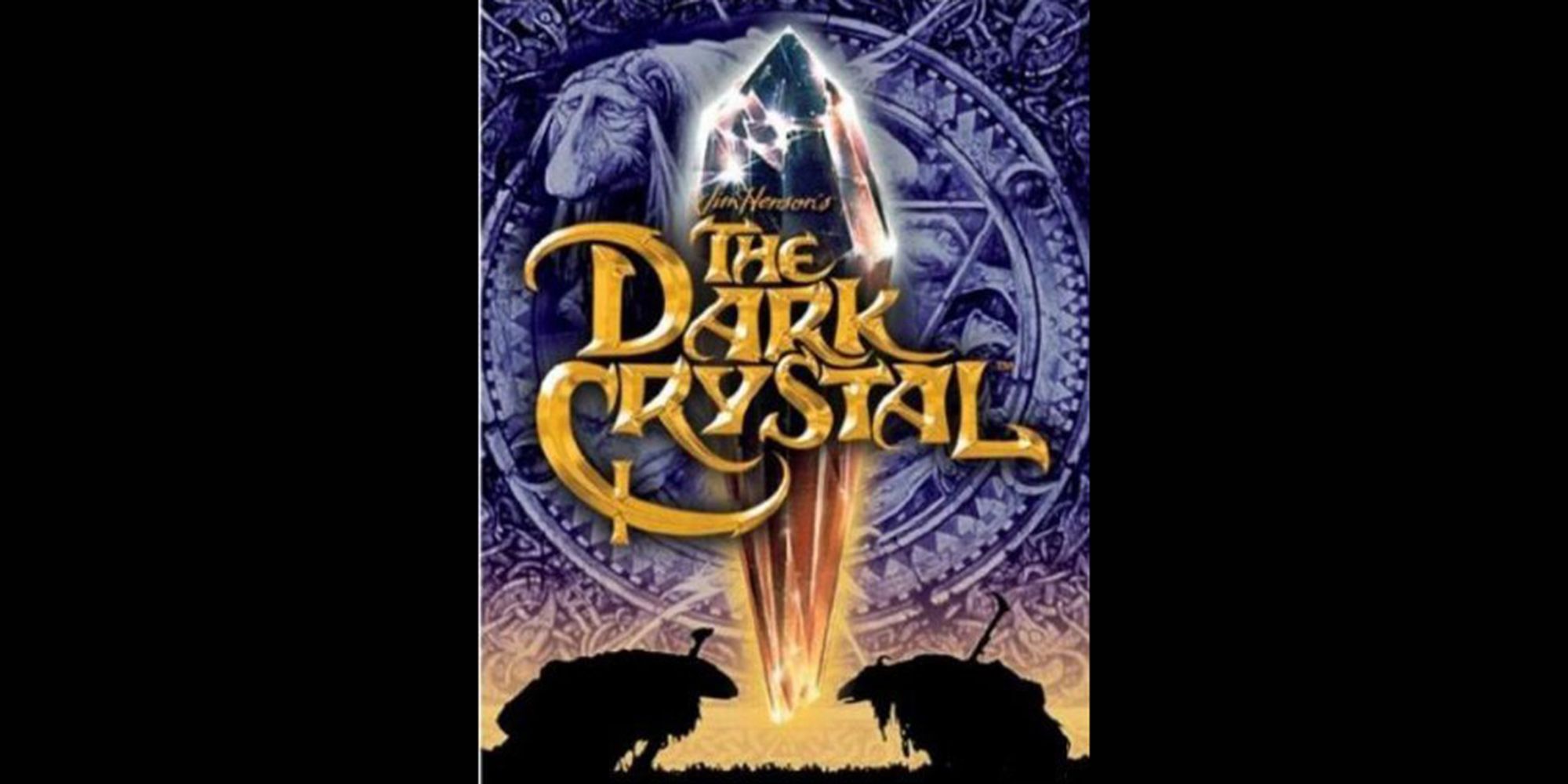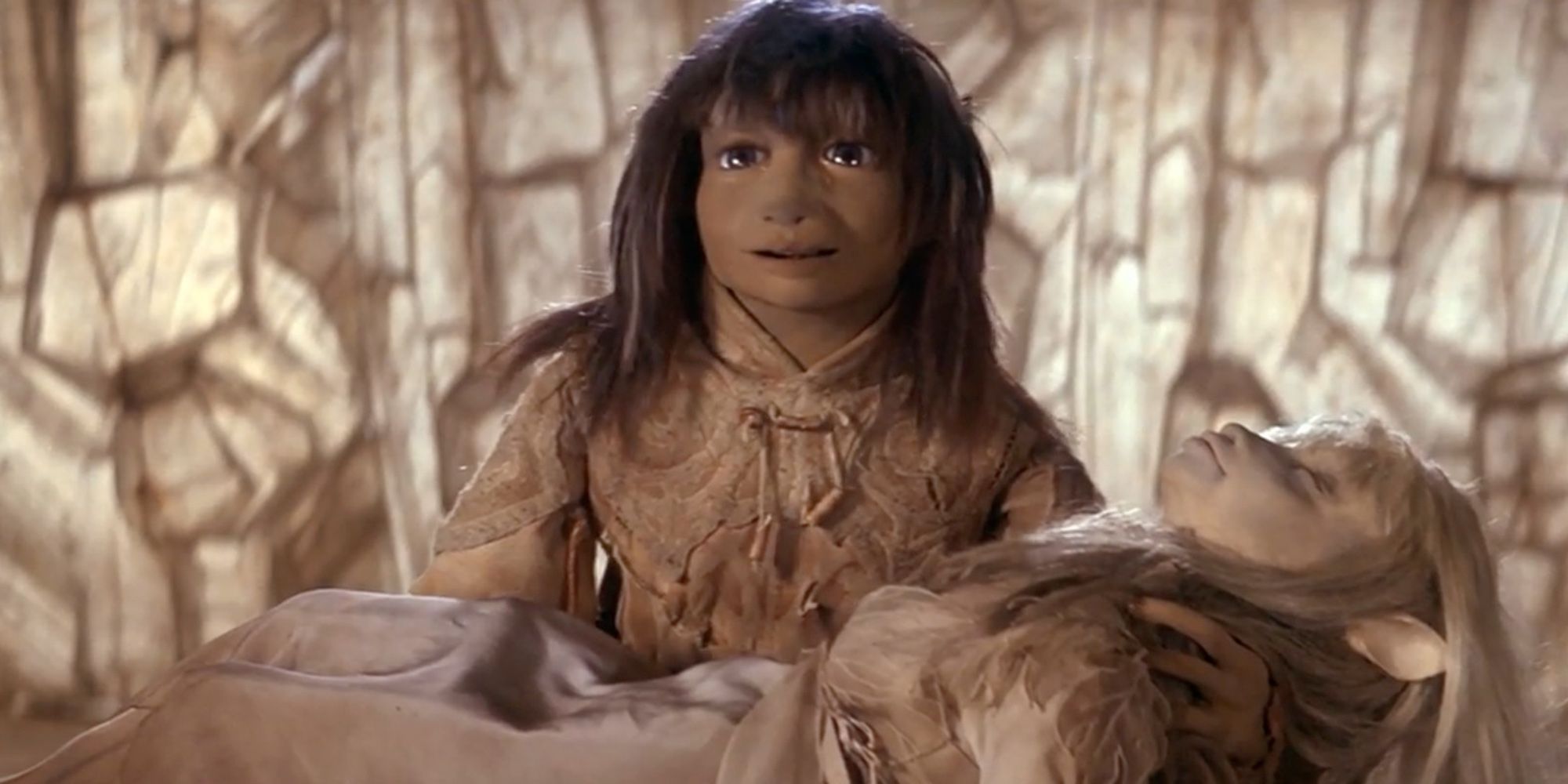"The Dark Crystal" is the very definition of "cult classic." It's a beloved story that was under-appreciated in its own time. That said, the fans it did manage to acquire in its less than stellar theatrical run and subsequent VHS release are as rabid as the fiercest Trekker. Brian Froud's unique vision combined with Jim Henson's story and characters come together to form something truly singular. It was groundbreaking in several different ways, not least of which were its state-of-the-art animatronics and dark subject matter.
RELATED: Pan’s Labyrinth: 15 Things You Never Knew
Now, 35 years after its initial release, "The Dark Crystal" is finally getting a sequel. It won't be the film fans hoped for, but a 12-issue comic series that is based on Henson's own ideas. To celebrate this lovely little film's resurgence in popularity, here's a list of things you might not have known about it.
15 AUGHRA IS THE PLANET THRA
Everyone's favorite one-eyed sass machine, Aughra, never got the time to get into her origin story. She was too busy schooling Jen on astronomy and the Great Conjunction. Then, when she gets captured by the Garthim and held prisoner by the Skeksis, she spends most of her time hurling insults their way and admonishing them for destroying her home. It's only in the companion book, "The World of the Dark Crystal," that we actually get a more information regarding her background.
Aughra is the only... Aughra in existence, if that wasn't clear in the film. The reason is that she isn't a traditional humanoid. Granted, neither are the Mystics and the Skeksis, but they appear to have come from a more traditional, mate-and-reproduce race. Aughra is actually an extension of the planet, Thra. Her job is to poke about and monitor all the different kinds of life and activity that happen, and when she's finished, she'll be "re-absorbed" back into the planet, making her essentially immortal. No wonder she's outta f**ks.
14 LOST SEQUELS
Ever since its release in 1982, there seems to have always been a sequel to "The Dark Crystal" in the works. Jim Henson and original screenwriter, David Odell, originally mapped out another story before production even began on the original. However, due to "The Dark Crystal's" poor box office performance, the sequel never materialized. In 2006, Odell attempted to resurrect the project, even hiring a director. But after six more years of budgetary disagreements and artistic differences, the project was shelved indefinitely according to Henson's daughter, Cheryl.
But fear not! The completed script for "The Power of the Dark Crystal" lives on and has just been adapted into a comic book of the same name! Just in time for the 35th anniversary, Archaia Comics and BOOM! Studios released the 12-issue series. It's considered an official sequel and even features new characters based on some of Brian Froud's original character designs. So, saddle up, purists! There's more "Dark Crystal" goodness to be had yet.
13 ENTITIES AND SNOWSTORMS
Henson based much of "The Dark Crystal" on philosophical principles he found in the works of Jane Roberts. Roberts was a self-styled psychic and medium who channeled an entity she called "Seth." Roberts would apparently be overtaken by Seth when the entity would visit and her husband chronicled what Roberts would say under Seth's influence. Henson gave screenwriter David Odell a copy of Roberts' book, "Seth Speaks," and according to Odell, the ideas of beings split into two imperfect halves like the Mystics and the Skeksis was directly influenced by that work.
As for the blizzard, Henson and his daughter got stranded at a Howard Johnson's at the JFK airport in 1978. Jim and Cheryl mapped out the basic plot and characters in a 25-page short story entitled "The Crystal." It's that story, influenced by Henson's earlier forays into mysticism that would serve as the basis for "The Dark Crystal."
12 DEADLY SINS AND BIG BIRD
The Skeksis -- the evil, buzzard-like materialistic sides of the urSkeks -- were based on The Seven Deadly Sins. While it's difficult to get the clearest picture of their characterizations and natures in the movie, if you look closely, each one exemplifies one of those cardinal evils. ShekSil, the Chamberlin, is clearly envy; SkekUng, the General, is rage; skekAyuk, the Gourmand, is gluttony, etc. The marriage of their birdlike and reptilian features even makes them look demonic from a Christian perspective.
That's why it's such a glorious contradiction that they actually worked like Big Bird. Sweet, pure, yellow, Big Bird. The Skeksis were large constructions, like Big Bird, and required teams of several people to operate them. This included one person inside the actual creature, and several more on the outside operating the limbs. Big Bird is operated in exactly the same way. The crossovers ideas running through our head don't end well...
11 THE SKEKSIS LANGUAGE
Never let it be said about Jim Henson that the man wasn't ambitious. Initially, he wanted the Skeksis to be so alien that they were to have their own language. He commissioned a linguist by the name of Alan Garner to construct something based upon ancient Greek and Egyptian. In an early cut of the film, the Skeksis spoke the language and were subtitled in English. Unfortunately, it didn't go down well with test audiences.
After the first screening, audiences reacted horribly to the Skeski language, complaining they couldn't understand at all what was going on, even with the subtitles. Disappointed, Henson had the film redubbed in English. But you're really interested to hear what they sounded like, the careful YouTube searcher will be rewarded. Fun Fact: it's a language that's made up solely of nouns, adjectives and expletives, so basically the Skeksis walked around saying things like, "Eat grapes, bitch!"
10 HELL ON PUPPETEERS
The animatronics and special effects featured in "The Dark Crystal" were groundbreaking to be sure. Nearly everything Henson did at that point was pioneering, but the creatures created for this film were in a class of their own and no one had ever seen anything like it before. Part of the reason for that is that they don't look like they're being operated or inhabited by humans in the slightest. That's where the difficulty comes in.
If something doesn't look humanoid, it's not going to be comfortable for a human to inhabit and control. While smaller creatures like the Podlings and Fizzgig obviously didn't require human inhabitants, the Skeksis, the Mystics and the Garthim Master did. The Mystic bodies necessitated a kind of mutant army crawl in order to operate, and Henson himself could only manage a few seconds at a time in one. As for the Garthim, the suits were so heavy and laborious, the puppeteer required frequent breaks. In an effort to accommodate their needs without wasting too much time, the crew hung the contraptions (with the puppeteers inside them) on walls to give the actors a break from being horizontal.
9 THE DARK CRYSTAL... FASHION LINE?
In 1982, Henson was looking for ways to promote "The Dark Crystal's" unique vision. The concept of tasking the creature designers with creating a couture clothing line based upon the puppets did just that while simultaneously keeping them working for Henson while he got together other projects. The collection was small, consisting of only 40 pieces that were distributed to four retail locations worldwide. Shame, it sounds like it was something to see.
The line boasted hand-woven knits, hand-screened prints and garnered a full-page spread in Vogue. Unfortunately, either it was totally priced out of its demographic (couture is not cheap) or it was just a little ahead of its time. People didn't rush to Bendel's to pay hundreds of dollars for Skeksi-inspired evening wear, and it would be Henson's only foray into the fashion world. That said, if any of your mothers snagged a piece of The Dark Crystal Collection, it's probably worth a lot of money or geek street-cred today.
8 THE LABYRINTH CONNECTION: TOBY
Brian Froud, Jim Henson's longtime friend and collaborator, is responsible for the conceptual and costume design for both "The Dark Crystal" and "The Labyrinth." After seeing a few of his illustrations in books like "The Land of Froud" that showcased the designer's unique and fantastical aesthetic. The two would go on to collaborate on several projects, and after Henson's death, Froud illustrated the popular "Good Faeries/Bad Faeries" book with American author Ari Berk.
But one of Froud's most well-known and yet anonymous contributions to the world of fantasy was his cherubic young son. Toby Froud wound up making his big-screen debut at a very young age as Sarah's inconsolable baby brother of the same name in "The Labyrinth." According to the senior Froud, concept art for the fictional Toby was completed before his son was ever born. But as his baby approached toddlerhood, apparently the kid started to resemble his father's initial vision. He was cast and grew up to become an artist and puppetmaker in his own right.
7 THE LABYRINTH CONNECTION II: BOWIE
"The Dark Crystal" was ambitious and groundbreaking in several different ways. The animatronics and special effects were the most advanced ever used in film, and it was the first live-action movie in history that didn't include a single human character. Henson had big hopes for it, and its five-year incubation period was an exhaustive labor of love. Unfortunately, the film didn't do as well as Henson had hoped, and it wound up with a reputation for being something of a disappointment.
One of the reasons Henson suspected the film hadn't done as well as he'd hoped was the very lack of human characters that made it so unique in the first place. To wit, when it became clear there would be no sequel anytime soon, Henson planned his next project with a few human cameos. Jareth and Sarah's presence in "The Labyrinth" serve to make the movie a little more relatable. Well, as relatable as David Bowie can ever be.
6 THE STAR TREK CONNECTION
Anyone with a working knowledge of "Star Trek: The Next Generation" knows that at one point Dr. Beverly Crusher was known as "The Dancing Doctor." Data enlists her help when attempting to learn how to dance for a wedding in "Data's Day," and audiences got a firsthand look at Gates McFadden's other talents. In addition to being an actor, she was also an accomplished dancer. Prior to her work in television which included roles on "The Cosby Show" and "All My Children," McFadden worked extensively in theater as both an actress and a choreographer.
She started working with Jim Henson on "The Dark Crystal," choreographing the puppet movement that would later be acted out on camera. She's credited as Cheryl McFadden there, on "The Labyrinth" and on the other Creature Shop projects she completed with Henson. Those included "Dreamchild" and "The Muppets Take Manhattan," in which she also has a small cameo as Mr. Price's secretary.
5 PODLINGS SPEAK CROATIAN
The Podlings are the adorable creatures who raised Kira after her village was slaughtered by the Garthim and the Skeksis. If you don't think they're cute already, just wait until you learn they were based on potatoes. That's right, the vegetable. You'll never be able to unsee that now. They wind up getting captured and tortured for the help they give to Kira and Jen, but they're far too good natured to hold it against the Gelflings. You wouldn't know it to hear them, though.
Henson did get his way when it came to the Podling language. Considering they had far less screen time or narrative importance than the Skeksis, it wasn't nearly as disruptive to give them their own language. What they created turned out to be an amalgam of Slavic languages like Croatian. They shout "Gozba" in celebration, which is the Croatian word for "party" or "feast." Other examples include "pusti," which means "let go" and can be heard when the Podlings struggle in captivity, and "stanti tamo" or "stop over there," which is heard when Kira is controlling the Landstriders.
4 SKEKSIS AND FIZZGIG CAMEOS
The Henson-verse was extensive, and while not as tightly-knit as the "Star Trek" or "Star Wars" universes, was still known to feature a few crossover cameos here and there. "Sesame Street" characters wound up on "The Muppet Show" here and there, and vice versa. Sprocket from "Fraggle Rock" appeared in "The Muppet Christmas Carol" and various other smaller Muppet productions. The Skeksis and Fizzgig didn't make appearances that are quite that memorable, but they're certainly worth mentioning.
The Skeksi puppet framework was repurposed for "Farscape" and the former "Dark Crystal" villains were transformed into the familiarly bird-like Halosians for season two episode "Out of Their Minds." The Skeksi race was actually mentioned by name in a third season episode of the same show, though they do not appear. As for Fizzgig, he has an equally appropriate, if terribly small, cameo in an episode of "Fraggle Rock" titled "Gobo's Discovery." He's in the background as one of the cave creatures. Here's hoping someone in the Henson family has given him a room in the same wing as Sir Didimus.
3 NO HUMANS ALLOWED
Henson had played with several different concepts before "The Dark Crystal" that took place on alien worlds featuring no human characters. "The Land of Gorch," Henson's recurring SNL sketch, took place on a prehistoric, seemingly miserable planet inhabited by Skeksi-like creatures and no humans. The hit show "Dinosaurs," while taking place on Earth, also featured no humans (obviously). That said, "The Dark Crystal" is the first live-action feature film to boast a solely animatronic or puppet cast.
That said, it didn't go over too well. Among the popular reasons given for the film's generally-accepted lackluster performance is the fact that audiences had a hard time relating to it. Not only were they introduced to an entirely new world and multiple races within said world, there weren't any human ambassadors, as it were, to serve as audience proxies. While "The Dark Crystal" remains a seminal film, 1980s audiences just weren't quite ready for something so alien.
2 JIM HENSON BOUGHT IT BACK
You'd think that someone like Jim Henson would command enough respect that his producing partners would stand by him despite some early hiccups. The film suffered an initial bad preview (it was after this screening the Skeksi language was scrapped) and it resulted in the rerecording of the entire soundtrack. It wasn't cheap and it was very, very labor intensive.
When ITC Entertainment, the distribution company attached to "The Dark Crystal," got sold to Robert Holmes á Court, a native South African who emigrated to Australia and went on to become one of the country's first billionaires. Unfortunately, entrepreneurial vision did not extend to problematic puppet projects. After hearing about the film's problems, á Court refused to give the movie enough money for a decently advertised release. Refusing to let his film get handicapped right out of the gate, Henson bought it back from á Court and used his own money for the release.
1 IT'S NOT A FLOP
Unfortunately, "The Dark Crystal" is more famous for being a box-office disappointment than it is for its groundbreaking artistic vision and animatronics. It had the bad luck of going up against a far more family-friendly creature feature by the name of "E.T." It also had to contend with Henson's own reputation as a purveyor of family-friendly entertainment. "The Dark Crystal" was perceived as inappropriately dark for the children that were presumed to be its primary audience. The film wound up not doing nearly as well as anyone hoped, and it was one of Henson's first very public failures.
But the thing is, the film isn't really a failure by any standards. It made a small, but not insignificant profit of about 15 million dollars and it's become an enduring cult classic. It also performed exceptionally well overseas. It was the highest-grossing film in both France and Japan for 1983 and it's won several awards for both its content and visual effects. Plus, it's an enduring classic that people can't seem to get enough of. Hence the eagerly-anticipated comic book sequel.
Do you know any other little factoids about The Dark Crystal? If so, share them in the comments!

